Yoosof Mashayekhi
ReCon: Reducing Congestion in Job Recommendation using Optimal Transport
Aug 18, 2023



Abstract:Recommender systems may suffer from congestion, meaning that there is an unequal distribution of the items in how often they are recommended. Some items may be recommended much more than others. Recommenders are increasingly used in domains where items have limited availability, such as the job market, where congestion is especially problematic: Recommending a vacancy -- for which typically only one person will be hired -- to a large number of job seekers may lead to frustration for job seekers, as they may be applying for jobs where they are not hired. This may also leave vacancies unfilled and result in job market inefficiency. We propose a novel approach to job recommendation called ReCon, accounting for the congestion problem. Our approach is to use an optimal transport component to ensure a more equal spread of vacancies over job seekers, combined with a job recommendation model in a multi-objective optimization problem. We evaluated our approach on two real-world job market datasets. The evaluation results show that ReCon has good performance on both congestion-related (e.g., Congestion) and desirability (e.g., NDCG) measures.
A challenge-based survey of e-recruitment recommendation systems
Sep 12, 2022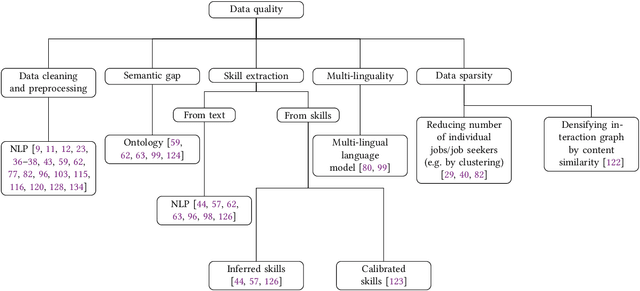
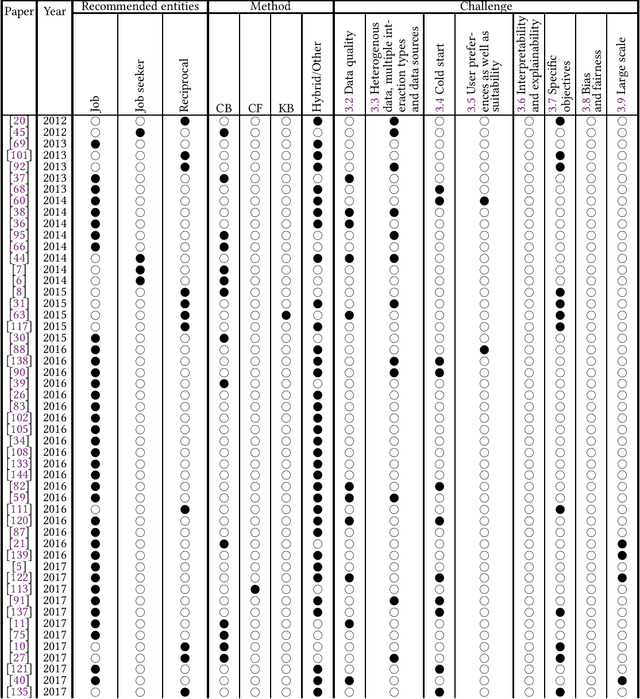
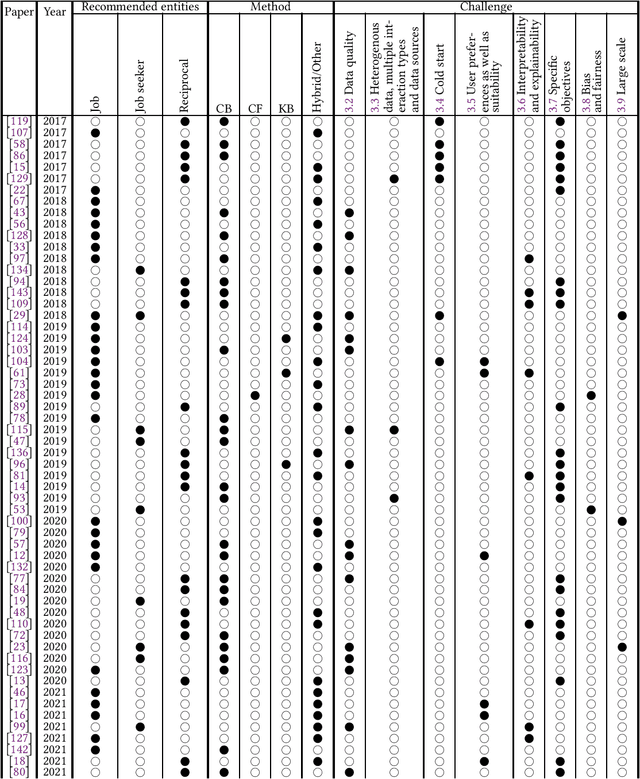
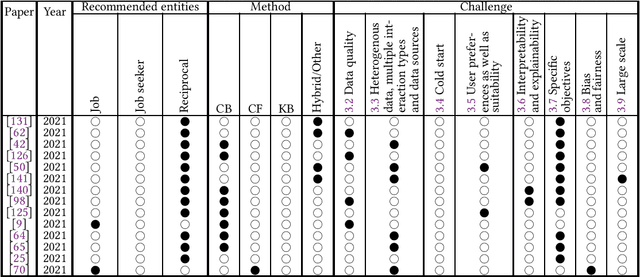
Abstract:E-recruitment recommendation systems recommend jobs to job seekers and job seekers to recruiters. The recommendations are generated based on the suitability of the job seekers for the positions as well as the job seekers' and the recruiters' preferences. Therefore, e-recruitment recommendation systems could greatly impact job seekers' careers. Moreover, by affecting the hiring processes of the companies, e-recruitment recommendation systems play an important role in shaping the companies' competitive edge in the market. Hence, the domain of e-recruitment recommendation deserves specific attention. Existing surveys on this topic tend to discuss past studies from the algorithmic perspective, e.g., by categorizing them into collaborative filtering, content based, and hybrid methods. This survey, instead, takes a complementary, challenge-based approach, which we believe might be more practical to developers facing a concrete e-recruitment design task with a specific set of challenges, as well as to researchers looking for impactful research projects in this domain. We first identify the main challenges in the e-recruitment recommendation research. Next, we discuss how those challenges have been studied in the literature. Finally, we provide future research directions that we consider promising in the e-recruitment recommendation domain.
CSNE: Conditional Signed Network Embedding
May 25, 2020
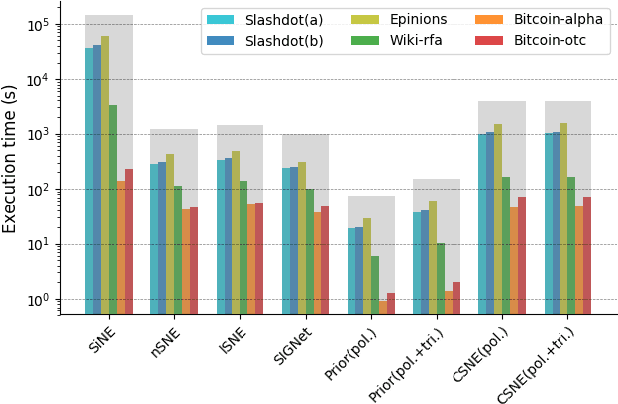

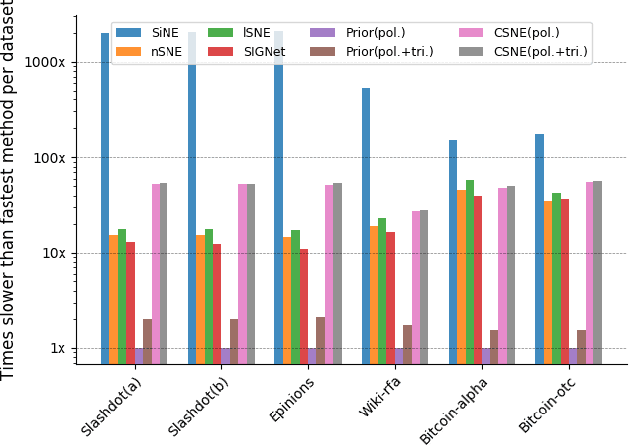
Abstract:Signed networks are mathematical structures that encode positive and negative relations between entities such as friend/foe or trust/distrust. Recently, several papers studied the construction of useful low-dimensional representations (embeddings) of these networks for the prediction of missing relations or signs. Existing embedding methods for sign prediction generally enforce different notions of status or balance theories in their optimization function. These theories, however, are often inaccurate or incomplete, which negatively impacts method performance. In this context, we introduce conditional signed network embedding (CSNE). Our probabilistic approach models structural information about the signs in the network separately from fine-grained detail. Structural information is represented in the form of a prior, while the embedding itself is used for capturing fine-grained information. These components are then integrated in a rigorous manner. CSNE's accuracy depends on the existence of sufficiently powerful structural priors for modelling signed networks, currently unavailable in the literature. Thus, as a second main contribution, which we find to be highly valuable in its own right, we also introduce a novel approach to construct priors based on the Maximum Entropy (MaxEnt) principle. These priors can model the \emph{polarity} of nodes (degree to which their links are positive) as well as signed \emph{triangle counts} (a measure of the degree structural balance holds to in a network). Experiments on a variety of real-world networks confirm that CSNE outperforms the state-of-the-art on the task of sign prediction. Moreover, the MaxEnt priors on their own, while less accurate than full CSNE, achieve accuracies competitive with the state-of-the-art at very limited computational cost, thus providing an excellent runtime-accuracy trade-off in resource-constrained situations.
 Add to Chrome
Add to Chrome Add to Firefox
Add to Firefox Add to Edge
Add to Edge